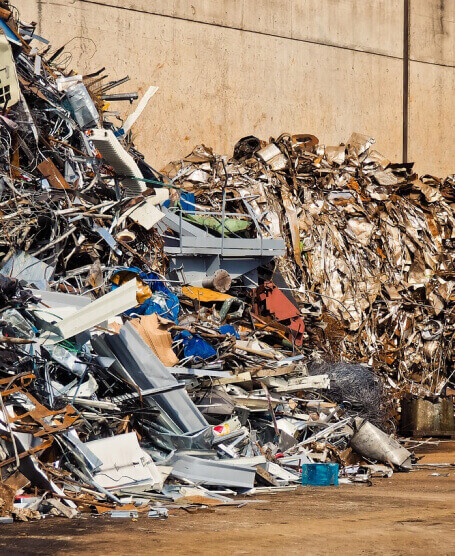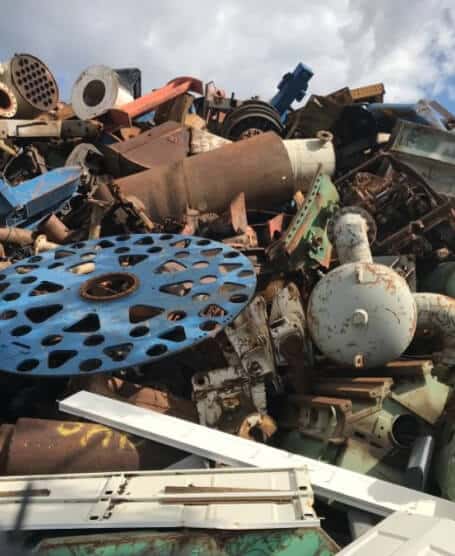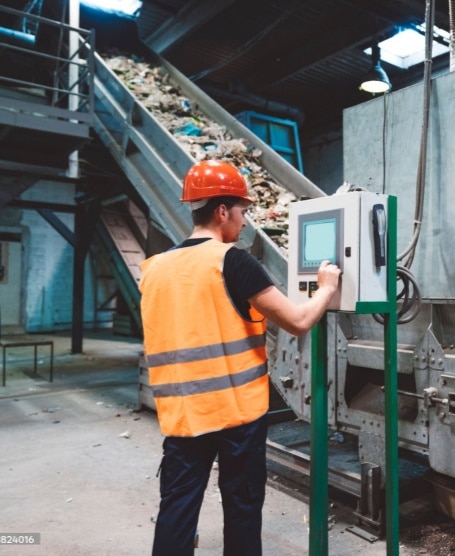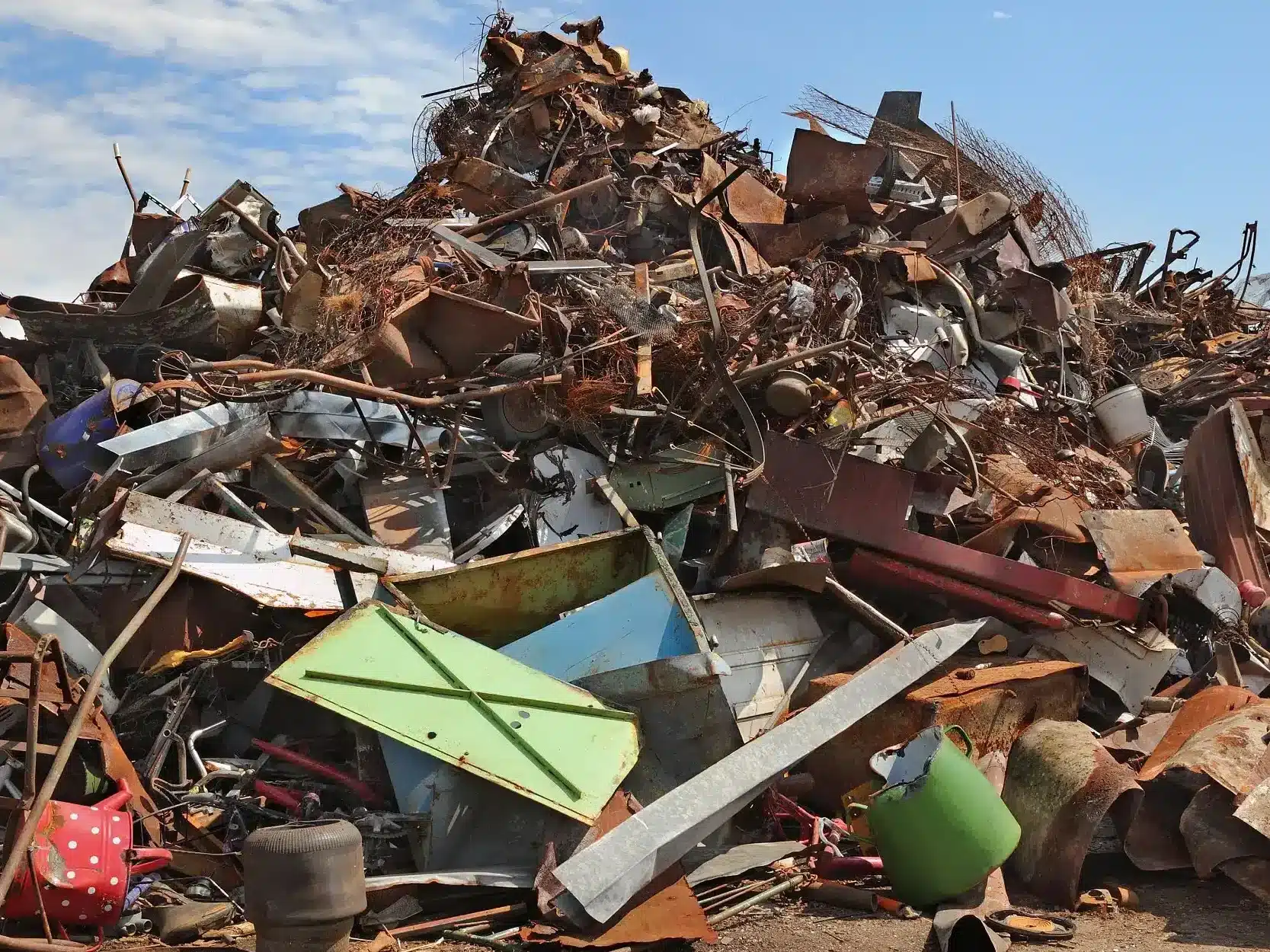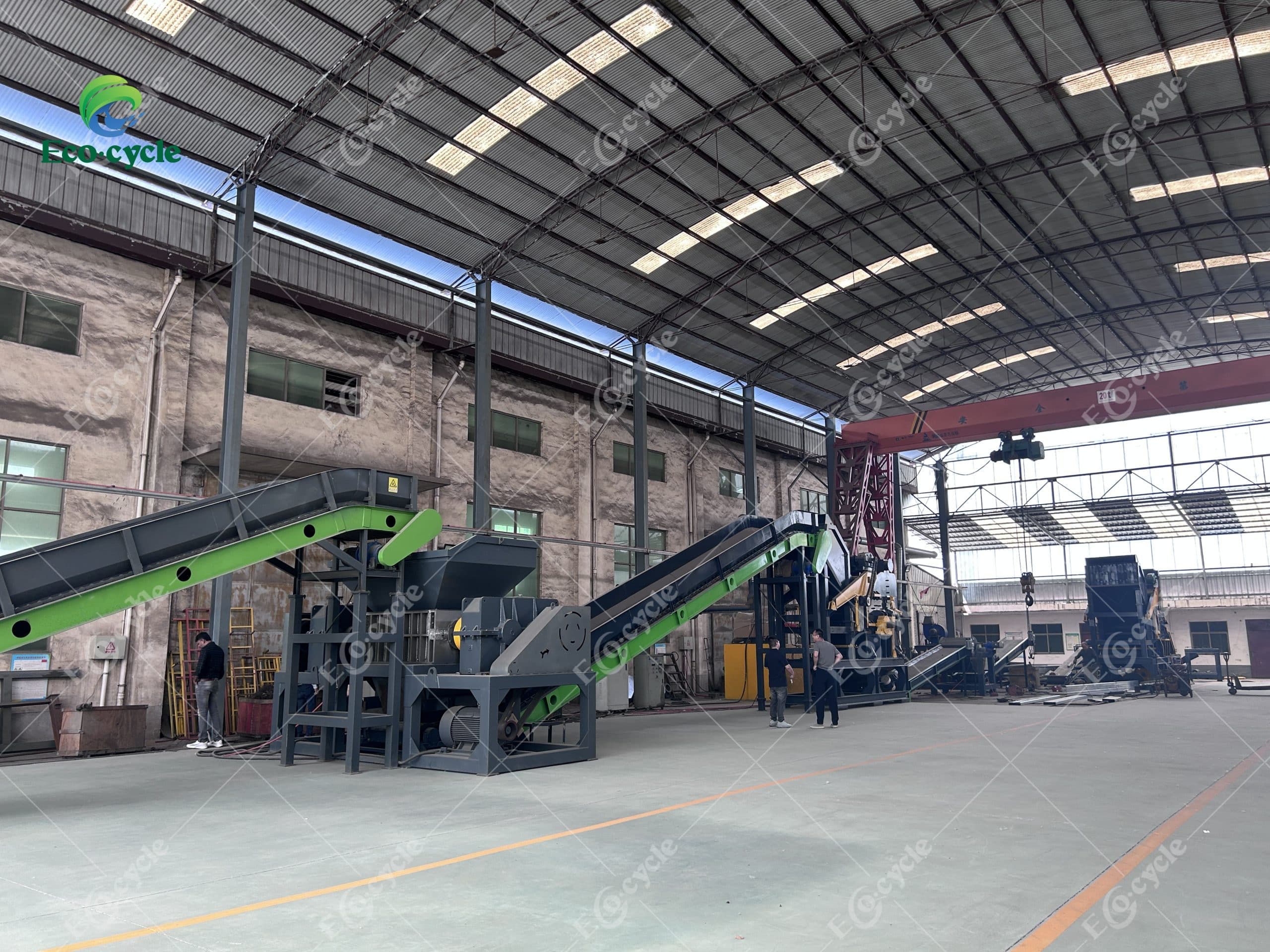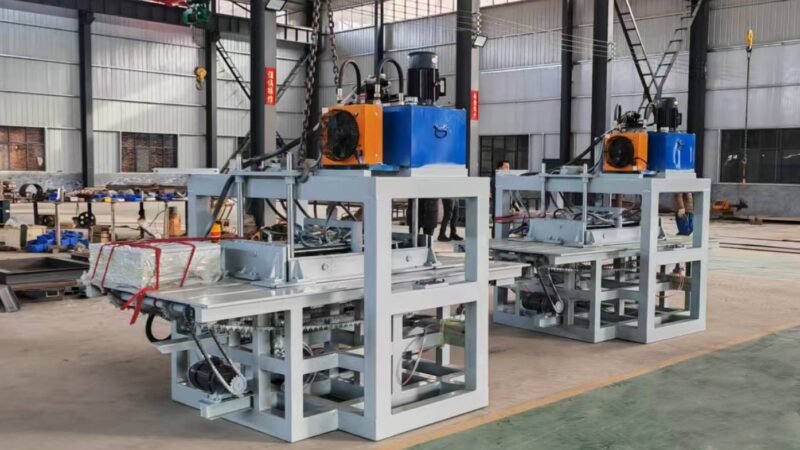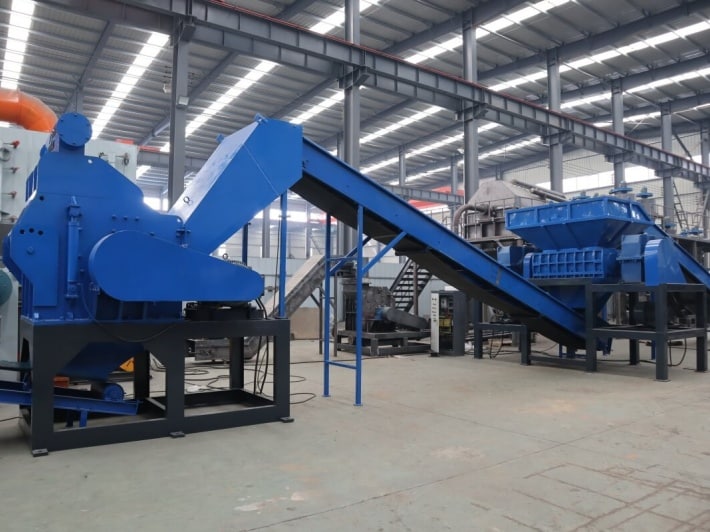The output of a metal shredder production line is directly related to a company’s production efficiency and economic benefits. By effectively improving equipment operating efficiency and reducing operating costs, companies can achieve a higher return on investment. The following are common optimization solutions for metal shredder production lines for your reference:
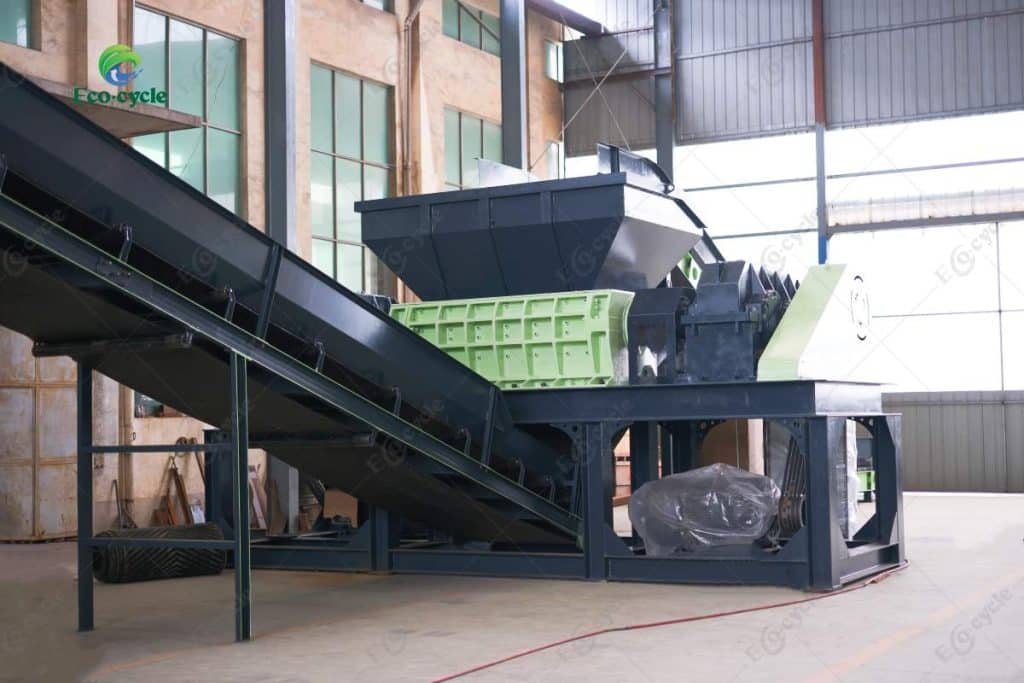
I. Equipment Optimization and Upgrade
Selecting high-performance shredding equipment is key to increasing production capacity. Common types include dual-shaft and quad-shaft shredders, which effectively improve shredding efficiency. Using highly wear-resistant alloy blades significantly extends their service life and reduces downtime caused by blade replacement. Properly configuring motor power ensures sufficient shredding capacity to avoid production impacted by insufficient power. Regularly inspecting blade wear and repairing or replacing it promptly will help extend blade life and improve overall cutting efficiency.
II. Process Improvement
Introducing automated conveyor belts or intelligent loading systems, combined with buffer silos, ensures continuous and uniform material feeding, preventing unstable material feed from affecting equipment operation. Implementing a pre-shredding process to initially process bulky materials will help improve subsequent shredding efficiency. Standardizing feed size can prevent machine jams caused by oversized or unevenly composed materials, thereby improving production continuity. Furthermore, using auxiliary equipment such as air separation and magnetic separation can effectively improve metal separation accuracy, reduce impurity content, and optimize output quality.
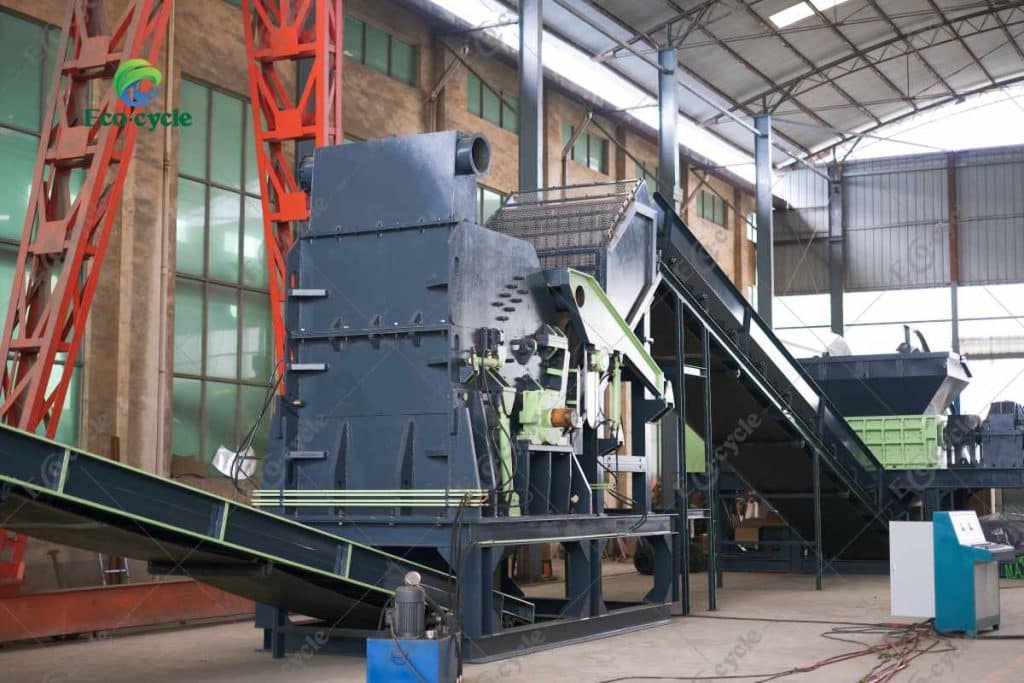
III. Raw Material Processing
Pre-sort metal scrap using magnetic separators or manual screening to remove non-metallic impurities, simplify shredding, and improve material purity. Pre-processing large pieces of metal, car hulls, and rebar reduces shredding complexity.
Through these optimization measures, metal shredder production lines can further improve production capacity and product quality while maintaining stable operation, creating greater economic benefits for the enterprise.

